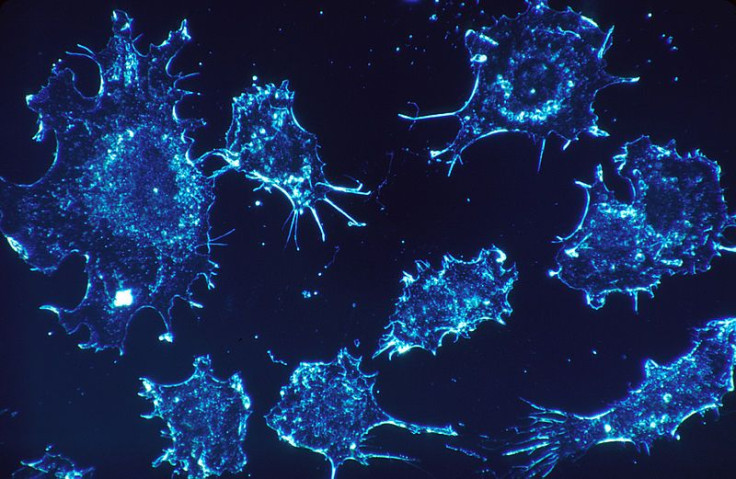Scientists Announce The Cure For Cancer May Live In The Intestines: Hogwash Or Hope For The Future?

The cure for cancer may already be inside our intestines, according to researchers at the University of Michigan. By isolating a way to protect stem cells in the intestine, the scientists found that mice could tolerate normally lethal doses of tumor-fighting chemotherapy and radiation. If translated into humans, they argue this strategy could revolutionize our ability to treat and ultimately eliminate a variety of cancers.
"It's our belief that this could eventually cure later-staged metastasized cancer. People will not die from cancer, if our prediction is true," said lead author Dr. Jian-Guo Geng, associate professor at the U of M School of Dentistry, who emphasized that the findings required further validation before being applited to humans.
"All tumors from different tissues and organs can be killed by high doses of chemotherapy and radiation, but the current challenge for treating the later-staged metastasized cancer is that you actually kill the patient [with higher doses] before you kill the tumor."
True, but are the implications from this study, which was published today in Nature, convincing or far-fetched?
The Great Divide
Chemotherapy and radiation therapy have a common goal: seek-and-destroy cells that are quickly multiplying. The intended targets are tumor cells, but unfortunately many organs possess stem cells that are also rapidly dividing. One example is the gastrointestinal (GI) system, where these stems cells rapidly divide and replenish the lining digestive tract. This explains why digestive side-effects, like nausea and vomiting, are among the most common seen in patients
Geng and his colleagues found a way to protect stem cells in the intestine from chemotherapy. By manipulating the levels of two proteins — R-spondin 1 and Slit2 — in mice, they were able to trigger stem cell regeneration in the intestines to an extent where it could keep up with the injury caused by chemo.
This allowed between 50 to 75 percent more mice with colon cancer to tolerate lethal levels of chemotherapy.
"If you can keep the gut going, you can keep the patient going longer," said Geng. "Now we have found a way to protect the intestine. The next step is to aim for a 100-percent survival rate in mice who are injected with the molecules and receive lethal doses of chemotherapy and radiation."
But even if 100-percent survival in mice is achieved, it is doubtful that this will work in the clinic for one reason: the GI tract isn't the only organ with stem cells that are damaged by chemotherapy.
Adult stem cells are found all over the body, which accounts for why current levels of chemo can already cause a variety of adverse side effects that range from immunosuppression to heart and liver damage.
Although the final outcome remains to be seen, boosting the tolerance for chemo in the GI tract would likely solve one problem, but lead to several more.
Source: Zhou WJ, Geng ZH, Spence JR, Geng JG. Induction of intestinal stemcells by R-spondin 1 and Slit2 augments chemoradioprotection. Nature. 2013.



























